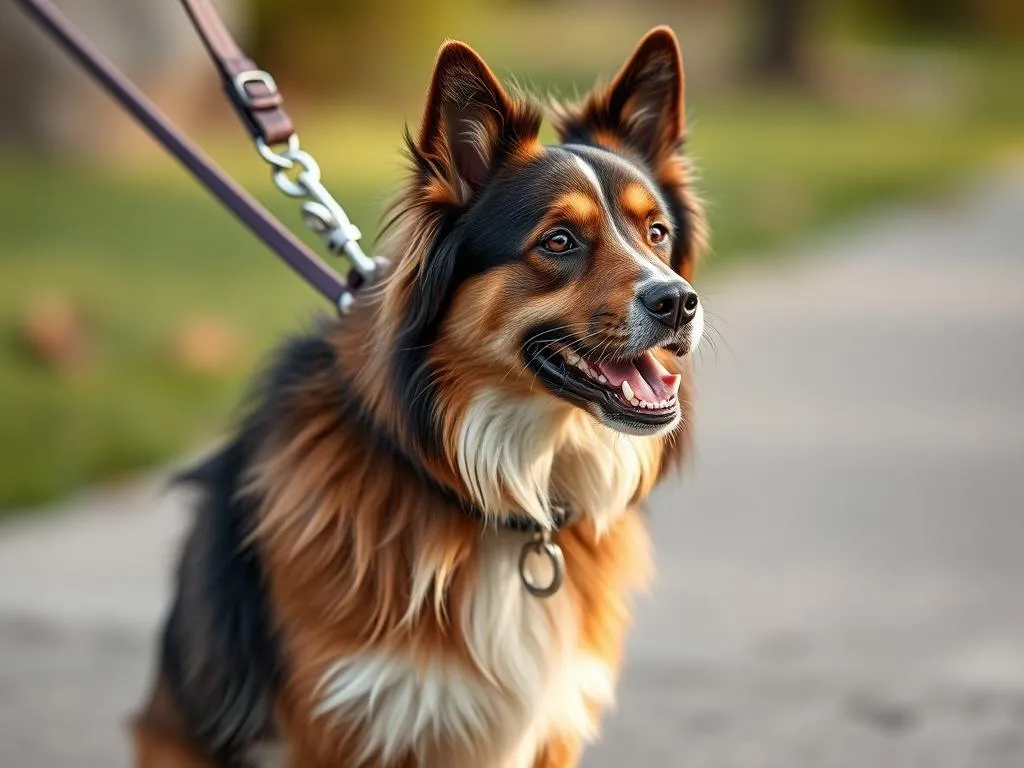
Training your dog to be off leash is a journey that can enhance the bond between you and your furry friend while providing them with a sense of freedom. The process requires patience, consistency, and a good understanding of your dog’s behavior. Let’s dive into the essentials that will help you train your dog to be off leash safely and effectively.
Understanding Off-Leash Training
What is Off-Leash Training?
Off-leash training refers to the practice of teaching your dog to respond to commands without the restraint of a leash. Unlike on-leash training, where the dog is physically controlled, off-leash training allows for greater freedom and mobility.
Benefits of Off-Leash Training
Off-leash training comes with numerous benefits, such as:
– Improved obedience and responsiveness: Dogs learn to listen more intently when they know they have the freedom to explore.
– Enhanced physical and mental stimulation: Dogs can engage in natural behaviors, such as running and playing freely.
– Opportunities for socialization: Off-leash environments often allow dogs to meet and interact with other dogs and people.
Challenges of Off-Leash Training
While the benefits are significant, there are challenges to consider:
– Safety concerns: Off-leash dogs can be at risk of traffic, wildlife, or getting lost.
– Potential distractions: Other animals or people can divert your dog’s attention.
– Importance of a strong recall command: A reliable recall is essential for ensuring your dog returns to you when called.
Preparing for Off-Leash Training
Assessing Your Dog’s Readiness
Before embarking on off-leash training, assess if your dog is ready:
– Age and maturity: Puppies may need more time to develop focus and obedience.
– Breed characteristics: Some breeds are more naturally inclined to wander, while others may excel in off-leash training.
– Behavioral traits: Look for signs of focus and obedience during leash training.
Essential Training Tools
Having the right tools can make a significant difference in your training journey:
– Leashes and harnesses: Use a standard leash during the initial phases and consider a long line when introducing off-leash environments.
– Training treats: High-value treats can serve as powerful rewards for positive behavior.
– Clickers and other training aids: A clicker can help mark desired behaviors, making it clear to your dog what they did right.
Finding Safe Environments
Choose appropriate locations for your off-leash training:
– Fenced areas: These provide a safe space for your dog to explore without the risk of running away.
– Dog parks: Ensure they are secure and not overly crowded, especially during the initial training phases.
– Distraction-free zones: Start in areas with minimal distractions to help your dog focus.
Basic Commands and Training Techniques
Essential Commands for Off-Leash Training
Mastering basic commands is crucial for successful off-leash training:
– Sit, stay, come, and heel: These commands form the foundation for off-leash scenarios.
– Leave It command: This is vital for teaching your dog to ignore distractions.
Positive Reinforcement Techniques
Using positive reinforcement will encourage your dog to respond positively:
– Concept of positive reinforcement: Rewarding desired behaviors increases the likelihood of those behaviors being repeated.
– Using treats and praise: Always reward your dog immediately after they follow a command to strengthen the association.
Building Focus and Attention
Improving your dog’s focus is essential for successful off-leash training:
– Techniques to improve focus: Teach the “Watch Me” command to encourage your dog to maintain eye contact.
– Exercises to strengthen the bond: Engage in play sessions and interactive games to enhance your connection.
Step-by-Step Guide to Training Your Dog Off-Leash
Mastering Basic Commands on Leash
Before transitioning to off-leash training, ensure your dog has mastered commands while on a leash:
– Importance of mastering commands: A solid foundation is essential for off-leash success.
– Suggested exercises: Regular practice of commands in various environments will build reliability.
Introducing Off-Leash Training
Start the process of transitioning to off-leash training:
– Gradual introduction: Begin in a secure, fenced area and gradually allow more freedom.
– Supervision and control: Always keep a close eye on your dog during these early stages.
Practicing Recall
Recall is the cornerstone of off-leash training:
– Techniques for teaching recall: Use a long line initially, allowing your dog the freedom to wander while ensuring you maintain control.
– Practicing in various environments: Gradually increase the level of distractions during recall exercises.
Increasing Distractions
Once your dog is comfortable with recall, it’s time to introduce distractions:
– Gradually introducing distractions: Start with minor distractions and slowly increase their complexity.
– Maintaining focus: Use treats and praise to keep your dog engaged, even when distractions are present.
Reinforcing Good Behavior
Positive reinforcement is key to maintaining good behavior:
– Strategies for reinforcement: Reward your dog immediately when they return to you or follow commands off-leash.
– Importance of consistency: Regular practice and reinforcement will solidify your dog’s training.
Troubleshooting Common Issues
Dealing with Distractions
Distractions are inevitable during off-leash training:
– Strategies for managing distractions: Redirect your dog’s attention with treats or toys.
– Tips for re-engaging your dog: If your dog becomes distracted, calmly call them back to you and reward them for returning.
Handling Fear or Anxiety
Some dogs may experience anxiety during off-leash training:
– Signs of anxiety: Look for signs like cowering, excessive barking, or refusal to engage.
– Building confidence: Gradually expose your dog to new environments and situations, rewarding them for calm behavior.
What to Do If Your Dog Doesn’t Come Back
Recall failures can happen, so it’s essential to have a plan:
– Strategies for improving recall: Practice recall exercises in low-distraction environments before moving to busier places.
– Never punish your dog: Punishment can create a negative association with returning to you. Instead, focus on positive reinforcement.
Maintaining Off-Leash Training
Regular Practice and Reinforcement
Ongoing practice is vital for maintaining your dog’s off-leash training:
– Importance of ongoing training sessions: Consistent practice will help retain skills and reinforce good behavior.
– Suggested frequency: Aim for several short training sessions each week to keep your dog engaged and learning.
Expanding Off-Leash Opportunities
As your dog becomes more reliable off-leash, explore new environments:
– New training environments: Take your dog to different parks, trails, or safe open spaces.
– Introducing new activities: Engage in activities like agility courses or hiking, which can provide new challenges and stimulation.
Monitoring Your Dog’s Behavior
Keep an eye on your dog’s behavior during off-leash excursions:
– Assessing readiness for longer excursions: Look for signs of confidence and comfort in various environments.
– Recognizing signs of stress: Be aware of your dog’s body language and behavior to ensure they are enjoying the experience.
Conclusion
Training your dog to be off leash can be a rewarding experience that enhances your bond and provides your dog with freedom. By following the steps outlined above and maintaining consistency, you can cultivate a well-behaved and responsive dog ready to enjoy the great outdoors safely. Remember, patience and practice are key components in this journey, and the bond you build with your dog through off-leash training will be one of the most fulfilling aspects of dog ownership.









